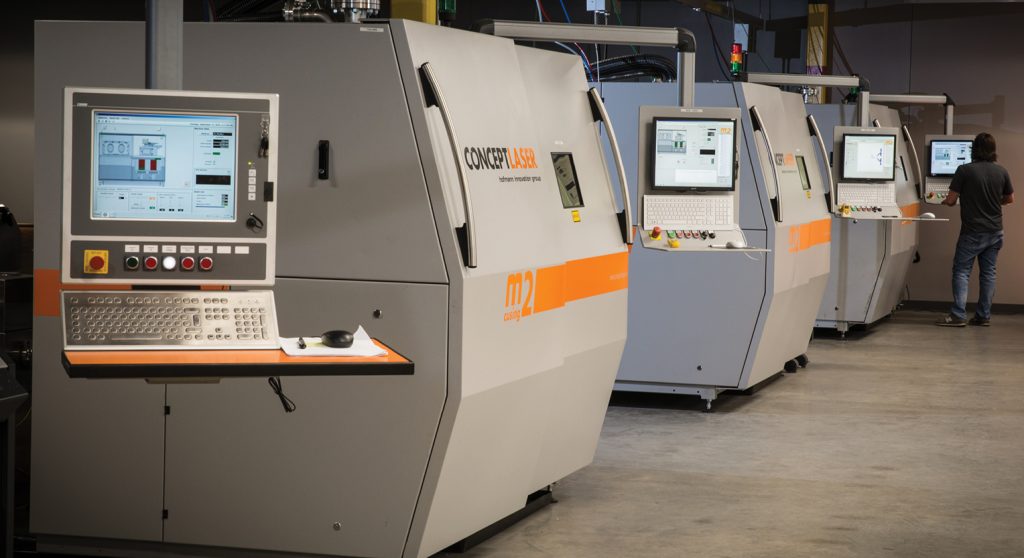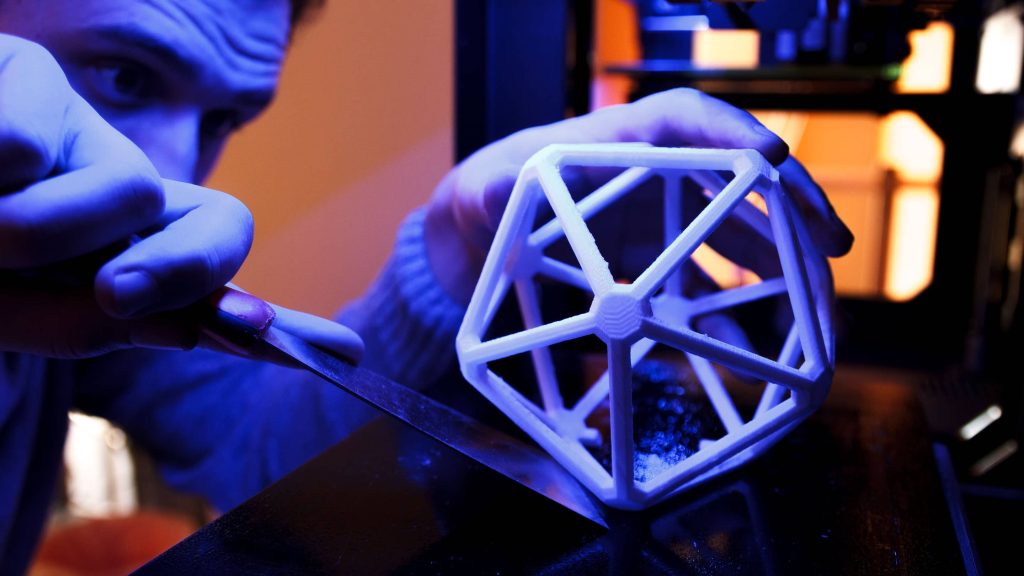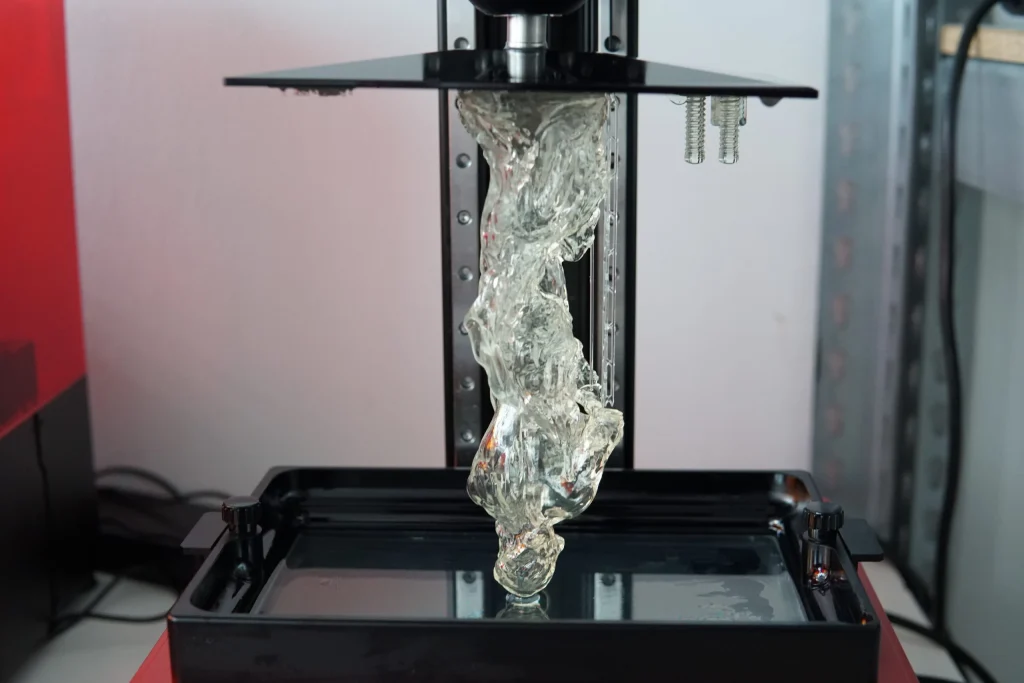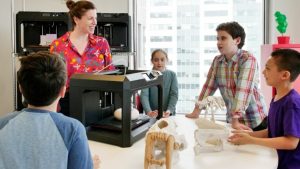In the academic world, particularly in engineering, design, and architecture programs, students often face the challenge of creating physical prototypes or models for their projects. Traditionally, these tasks required the purchase of various materials, which could quickly add up in cost. However, with the advent of 3D printing technology, students now have access to a more cost-effective solution. 3D printers have become valuable tools in reducing material costs for college projects, offering both financial and educational benefits. Here’s how.

1. Precision and Efficiency in Material Usage
One of the key advantages of 3D printing is its ability to use materials with high precision, reducing waste significantly. Traditional manufacturing methods, such as cutting, carving, or molding, often result in leftover materials that cannot be reused. This waste not only increases costs but also contributes to environmental issues.
In contrast, 3D printing builds objects layer by layer, using only the material necessary to create the final product. This additive process ensures that there is minimal to no excess material, leading to lower overall costs. For college students working on tight budgets, this precision can make a significant difference, allowing them to allocate their funds more efficiently.

2. Access to Affordable Materials
3D printing materials, such as PLA (Polylactic Acid) and ABS (Acrylonitrile Butadiene Styrene), are generally more affordable than the materials used in traditional prototyping. These thermoplastics are widely available and come in various forms, including filament and resin, catering to different 3D printing technologies.
Additionally, the cost of 3D printing materials has decreased over time as the technology has become more mainstream. Many universities provide students with access to 3D printers and offer materials at subsidized rates or even for free. This accessibility further reduces the financial burden on students, allowing them to experiment and iterate on their designs without worrying about high material costs.

3. On-Demand Printing Reduces Overproduction
In traditional project development, students might order more materials than necessary to account for potential mistakes or the need for multiple prototypes. This overproduction can lead to unused materials that represent wasted money. With 3D printing, students can produce exactly what they need, when they need it.
The ability to print on demand means that students can create one prototype, test it, and then make adjustments before printing the next iteration. This iterative process not only leads to better final products but also minimizes the risk of purchasing materials that may go unused. The cost savings from avoiding overproduction can be substantial, especially for large or complex projects.

4. Simplifying Complex Assemblies
3D printing allows for the creation of complex geometries and assemblies in a single print, which would traditionally require multiple components made from different materials. For example, a mechanical part with intricate internal structures might need to be assembled from several different pieces if made using conventional methods. Each of these pieces would require its own material, adding to the overall cost.
With 3D printing, students can design and print these complex parts as a single piece, using a single material. This capability not only reduces the need for multiple materials but also saves time and labor, further reducing the overall cost of the project.

5. Reusable and Recyclable Materials
Some 3D printing materials are recyclable or reusable, offering another avenue for cost savings. For instance, certain filaments can be re-melted and re-extruded, allowing students to reuse material from failed prints or prototypes they no longer need. This recycling capability means that less material goes to waste, and students can stretch their budget further by repurposing what would otherwise be discarded.
Additionally, some universities have implemented recycling programs specifically for 3D printing materials, where students can deposit their used or excess material to be recycled and redistributed. This initiative not only reduces material costs but also promotes sustainable practices within the academic community.

6. Time Savings Translate to Cost Savings
While not a direct material cost, the time saved by using 3D printing can also contribute to overall cost efficiency. Traditional prototyping methods often require significant time for material preparation, assembly, and finishing. The faster turnaround time offered by 3D printing means that students can complete their projects more quickly, allowing them to move on to other tasks or refine their designs without incurring additional costs.
Moreover, the ability to quickly iterate on designs using 3D printing reduces the need for extended periods of trial and error, which can be costly in terms of both time and materials. The quicker students can arrive at a final design, the less they will spend on materials overall.

7. Collaborative Projects Benefit from Shared Resources
In many college programs, students work on group projects that require collaboration and resource sharing. 3D printing facilitates this by allowing teams to share digital files and print parts as needed. This shared approach to project development means that teams can pool their resources, reducing the individual burden of material costs.
Universities often support this collaborative model by providing centralized 3D printing labs where students can access high-quality printers and materials. By utilizing these shared resources, students can take advantage of economies of scale, further driving down the cost of materials for their projects.

3D printing has become an indispensable tool in reducing material costs for college projects. By offering precise material usage, affordable and accessible materials, on-demand production, and the ability to simplify complex assemblies, 3D printing helps students stretch their budgets while also enhancing their learning experience. As the technology continues to evolve and become more widespread, its role in education is likely to expand, providing even greater opportunities for cost savings and innovation in student projects.










